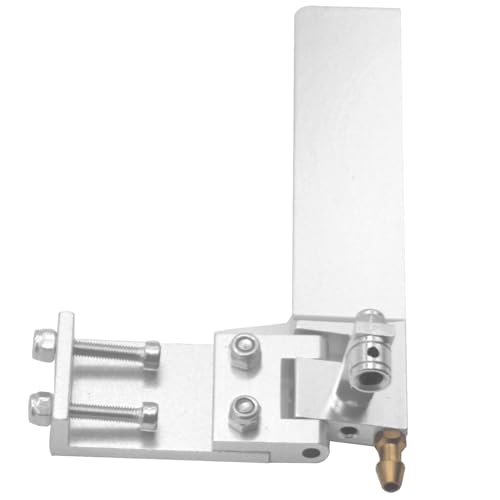Martin Law
Well-Known Member
- Joined
- Jun 26, 2022
- Messages
- 197
Hi guys,
Stepping up to a transmitter with the servo speed adjustment features. I run gas riggers and gas sport boats.
What are the optimal rudder and throttle servo speed settings you guys that rely on those features use?
What reaction should be expected with those settings?
Thanks,
Marty
Stepping up to a transmitter with the servo speed adjustment features. I run gas riggers and gas sport boats.
What are the optimal rudder and throttle servo speed settings you guys that rely on those features use?
What reaction should be expected with those settings?
Thanks,
Marty











































